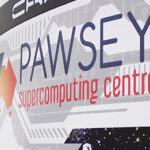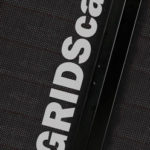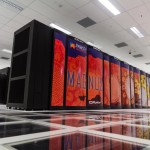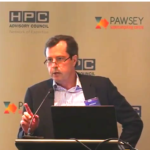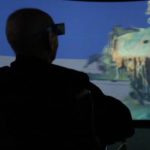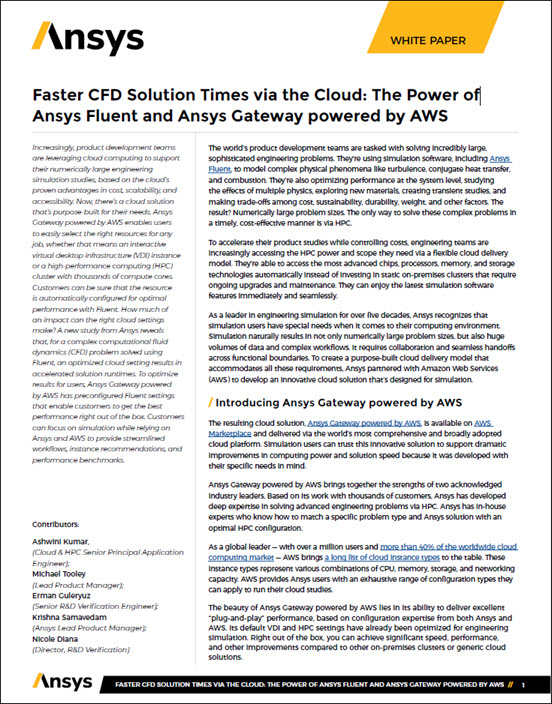In this video, Mark Lindsay from the University of Western Australia describes how his research enables Australia’s mining industry to efficiently explore for important mineral deposits called e-minerals once associated with electric cars and lithium-ion batteries. His research interests include complexities of uncertainty and ambiguity in 3D geological and mineral exploration modelling, and the process and psychology of data interpretation.
Pawsey Centre receives $70 Million for Supercomputing Down Under
Today the Pawsey Supercomputing Centre announced it has received $70 million in funding for a new supercomputing infrastructure. “This is a reflection of the government’s understanding of the value that the Pawsey Supercomputing Centre delivers to the Australian scientific landscape by accelerating innovation and increasing opportunities for engagement between Australian researchers and their peers internationally.”
Pawsey Supercomputing Centre teams with NSCC Singapore to Accelerate Science
The National Supercomputing Centre (NSCC) Singapore and the Pawsey Supercomputing Centre have signed a Memorandum of Understanding (MOU) to collaborate in the fields of supercomputing, networking, data analytics, scientific software applications and visualization. “With our national petascale HPC platform, NSCC’s collaboration with international supercomputing centres such as the Pawsey, will benefit and bring together people and researchers with different skillsets and expertise to solve problems of a scale previously not possible,” said Professor Tan Tin Wee, NSCC’s Chief Executive.”
DDN Powers Radio Astronomy at Pawsey Centre in Australia
Today DDN announced that Pawsey Supercomputing Centre in Western Australia has deployed a pair of DDN GRIDScaler parallel file system appliances to help deliver the first colored panoramic view of the universe. “The GRIDScaler solution comprises 5PBs of storage as well as an additional 2PBs of DDN capacity to support diverse research, simulations and visualizations in radio astronomy, renewable energy and geosciences, among several other scientific disciplines. At Pawsey, DDN’s GRIDScaler delivers the performance and stability needed to address 50 large data collections and contribute towards scientific outcomes for some of the thousand scientists who benefit from Pawsey services.”
Job of the Week: HPC System Administrator at Pawsey Supercomputing Centre
The Pawsey Supercomputing Centre in Australia is seeking an HPC System Administrator in our Job of the Week. “Pawsey’s Supercomputing Team is responsible for configuring the infrastructure to fulfil the needs of the Australian research community and to engage with that community to make best use of the infrastructure. The incumbent, as part of this highly skilled team of professional specialists and system administrators, will ensure that Pawsey’s high performance computing resources and related services meet its service expectations.”
Video: DDN Burst Buffer
Justin Glen and Daniel Richards from DDN presented this talk at the HPC Advisory Council Australia Conference. “Burst Buffer was originally created to checkpoint-restart applications and has evolved to help accelerate applications & file systems and make HPC clusters more predictable. This presentation explores regional use cases, recommendations on burst buffer sizing and investment and where it is best positioned in a HPC workflow.”
Supercomputing 3D Shipwrecks with Magnus
Researchers are using the Magnus supercomputer at the Pawsey Centre to explore the mysteries of two shipwrecks involved in Australia’s greatest naval disaster. “The process of generating 3D models from the photographs we’ve taken is very computationally intensive. The time it would take to process half a million photographs using our conventional techniques, using our standard computers, would take about a thousand years, so we needed to do something to bring that time down to something achievable.”
Saving East African Crops with Supercomputing
“Because the silverfly species are identical to look at, the best way to distinguish them is by examining their genetic difference, so we are deploying a mix of genomics, supercomputing, and evolutionary history. This knowledge will help African farmers and scientists distinguish between the harmless and the invasive ones, develop management strategies, and breed new whitefly-resistant strains of cassava. The computational challenge for our team is in processing the genomic data the sequencing machines produce.”
Magnus Supercomputer Powers Petascale Pioneers Down Under
HPC matters in Australia, where the Pawsey Supercomputing Centre’s Petascale Pioneers program is attracting the world’s best researchers with the Magnus supercomputer. As the most advanced scientific supercomputer in the Southern Hemisphere, Magnus is a Petascale Cray XC30 machine with over 35,000 cores using Intel Xeon E5-2600 v3 processors and 95 TB of memory.


